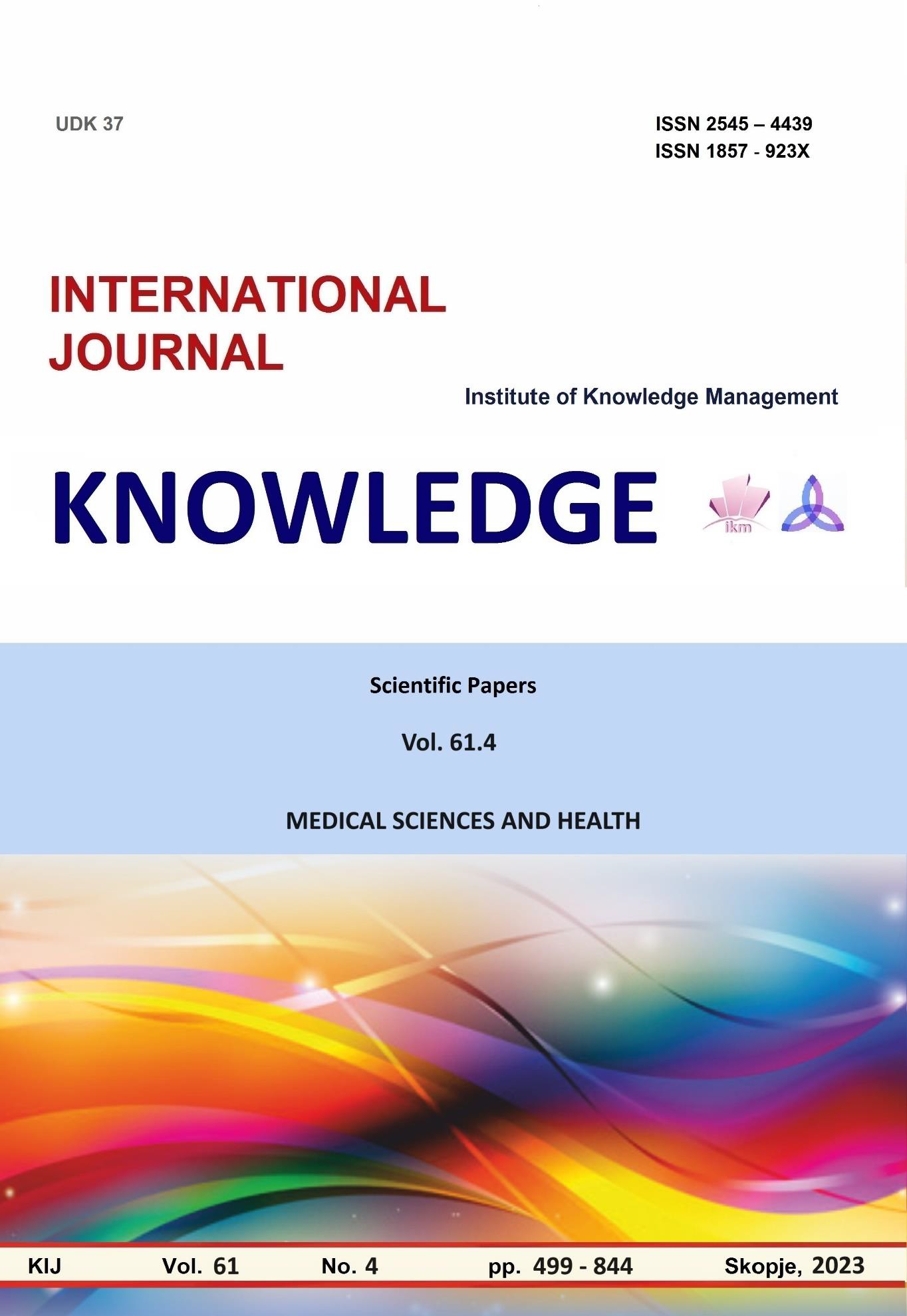SHORT- WAVE DIATHERMY - POSSIBLE THERAPEUTIC BENEFITS OF HIGH-FREQUENCY ELECTROMAGNETIC FIELD THERAPY IN PHYSICAL PRACTICE
SHORT- WAVE DIATHERMY - POSSIBLE THERAPEUTIC BENEFITS OF HIGH-FREQUENCY ELECTROMAGNETIC FIELD THERAPY IN PHYSICAL PRACTICE
Author(s): Galina Mratskova, Todor Cvetanov, Sider DimitrovSubject(s): Social Sciences, Health and medicine and law
Published by: Scientific Institute of Management and Knowledge
Keywords: Physical therapy modalities;Short Wave Diathermy;Ultra-Short Wave Diathermy;deep heat;inflammation;COVID-19;post-COVID-19 syndrom
Summary/Abstract: High-frequency electromagnetic fields are a physical modality that is used for treatment and rehabilitation of a range of diseases. The electromagnetic energy generated by high-frequency devices has effects on biological tissues. The effectiveness of shortwave diathermy is related to increase of deep tissue heat and also to electromagnetic energy's non-thermal effect. The physiological action mechanism includes formation of deep tissue endogenous heat, increase in blood flow velocity and vasodilation, and improvement in local blood flow. The therapeutic effects are related to improving the elasticity of soft tissues, reducing muscle spasm and or spasticity, reducing pain in degenerative and traumatic processes, reducing edema, accelerating regeneration, and improving the trophic of peripheral nerves, influencing the inflammatory process. The physiological and therapeutic effects of SWD, suggest the application of this type of therapy in diseases of different nature, and in the recent years literature a number of studies have been reported on the effect of therapy in patients who has suffered COVID-19 and post - COVID-19 syndrome. The aim of this review is to provide an overview of the described therapeutic effects of the practical application of shortwave and ultrashortwave diathermy, including their potential applying in patients with COVID-19 or patients with symptoms of post-COVID-19 syndrome. Materials and methods: For the purposes of this review, a search of currently published literature sources was conducted, which included: reports on the therapeutic application of high-frequency electromagnetic fields, overview articles, systematic reviews, and narrative synthesis regarding the application of short-wave and ultrashort-wave diathermy treatment. The study of scientific articles was carried out in the available databases Pub Med, Google Scolor, Elsevier. The search was conducted for the following keywords: physical therapy modalities, electrotherapy, electromagnetic therapy, diathermy (short-wave therapy), ultrashort-wave diathermy, radiofrequency therapy, deep heat, endogenous heat, inflammation, COVID-19, post-COVID-19 syndrome, reparation. Results: The review of the published scientific information on the therapeutic effects of high-frequency electromagnetic fields found evidence of anti-inflammatory, pain-reducing, trophic-enhancing and tissue regeneration effects of diathermy in various diseases, including lung diseases and including patients with COVID-19, post-COVID-19 syndrome. However, other authors think that there is currently insufficient information on the efficiency, methods of administration, dosage and safety of high-frequency electromagnetic fields, and more studies are necessary regarding their use in patients with COVID-19. Conclusion: The use of short-wave and ultrashort-wave diathermy is associated with potential therapeutic benefits. Anti-inflammatory, pain-reducing effects, improving regeneration, trophicity and tissue elasticity capabilities of this therapy have been described, including in COVID-19 survivors. On the other hand, due to the possibility of tissue injury from high-frequency electromagnetic fields, it is necessary to rigorously refine the need for their administration.
Journal: Knowledge - International Journal
- Issue Year: 61/2023
- Issue No: 4
- Page Range: 727-733
- Page Count: 7
- Language: English

